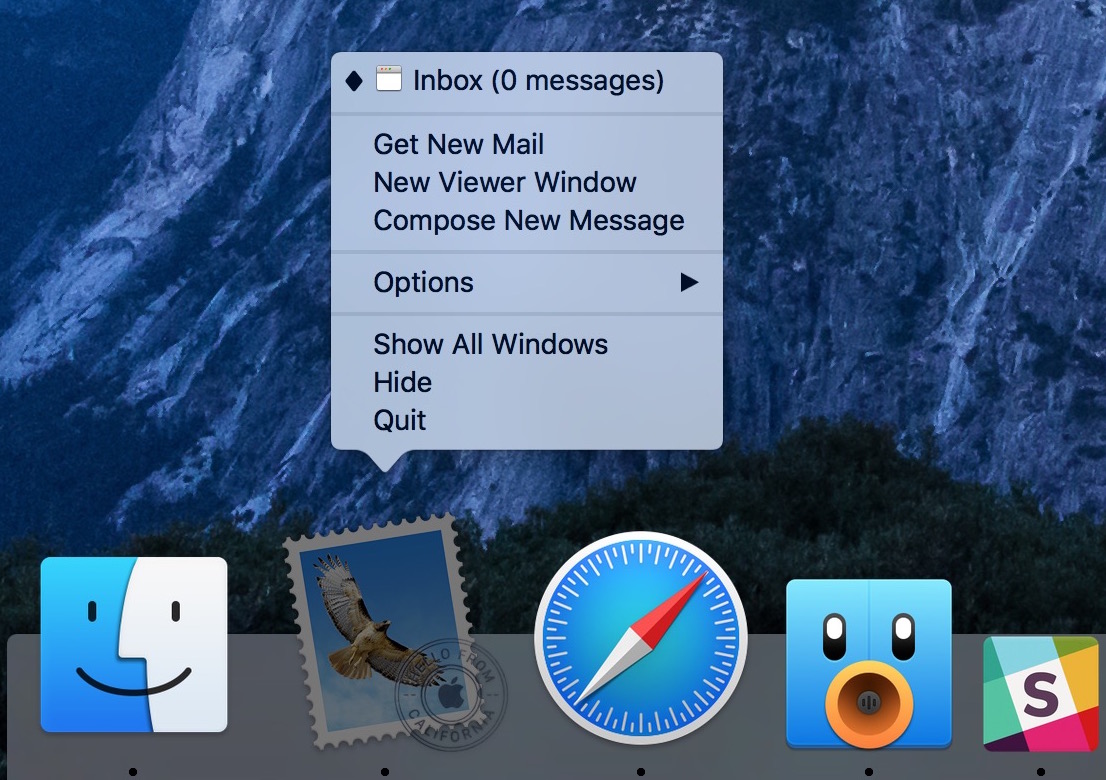

In that case, you can press Command+Option+Esc to bring up the Force Quit Applications window (similar to Ctrl+Alt+Delete on Windows machines.) From here, just locate the troublesome app and Force Quit it. In the dropdown menu, select "Force Quit. If an app isn’t responding to Command+Q, it could be hung or stuck.Now select the app you want to force quit. Leave the keys when the Force Quit Application window pops up. Press and hold the Option, Command, and Escape keys on the keyboard. You can press this shortcut and it will popup the FOrce Quit application, follow the steps below. In the far left, select the Apple logo to access the dropdown menu. Believe it or not, there is a three-button force-quit shortcut in macOS. Once you've identified the unresponsive app, locate the taskbar at the top of your screen.If the cursor resembles the rainbow spinning wheel, the app is unresponsive. If the cursor looks normal, the app is still responsive. If you have multiple apps open, the simplest way to indicate the unresponsive app is to look at the cursor. First, identify the app that is unresponsive.How to force quit on Mac from the Apple menu However, when using the force quit feature it is important to know that if your work isn't saved, you may lose it when force quitting a frozen application like Microsoft Word or any web browser. The simplest thing to do when faced with the spinning wheel is to force quit the frozen application.įorce quit is a feature that effectively shuts down the unresponsive application. Sometimes, though, you don't know how long that will take. When an application isn't responding how it normally would, you could wait until your screen unfreezes. Mac users will tell you there are few things more frustrating than the spinning rainbow wheel - also known as the wait cursor, which signifies your computer is struggling to handle its current tasks.


 0 kommentar(er)
0 kommentar(er)
